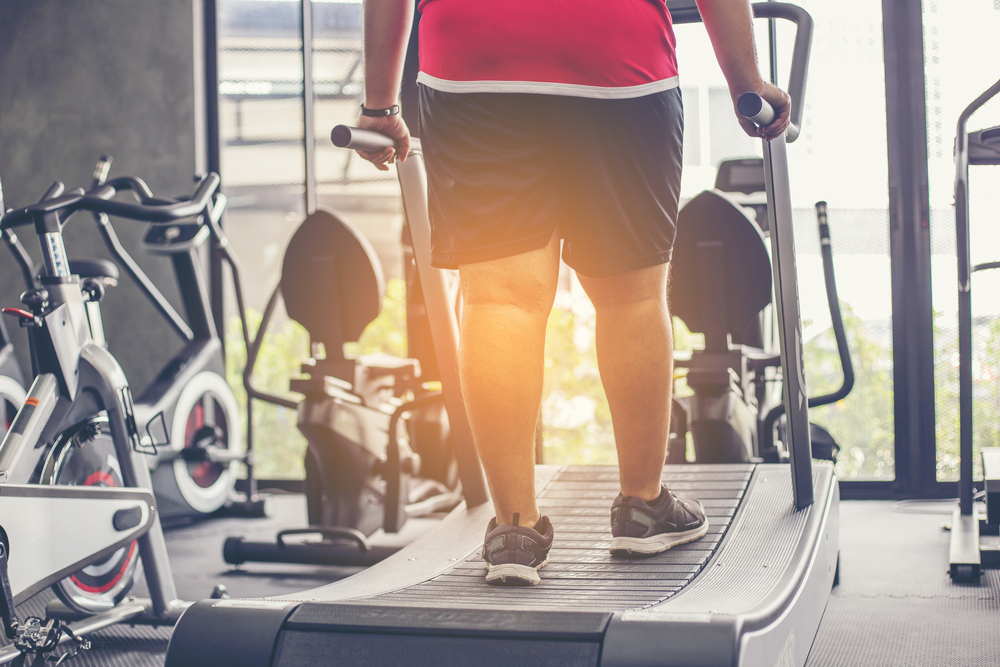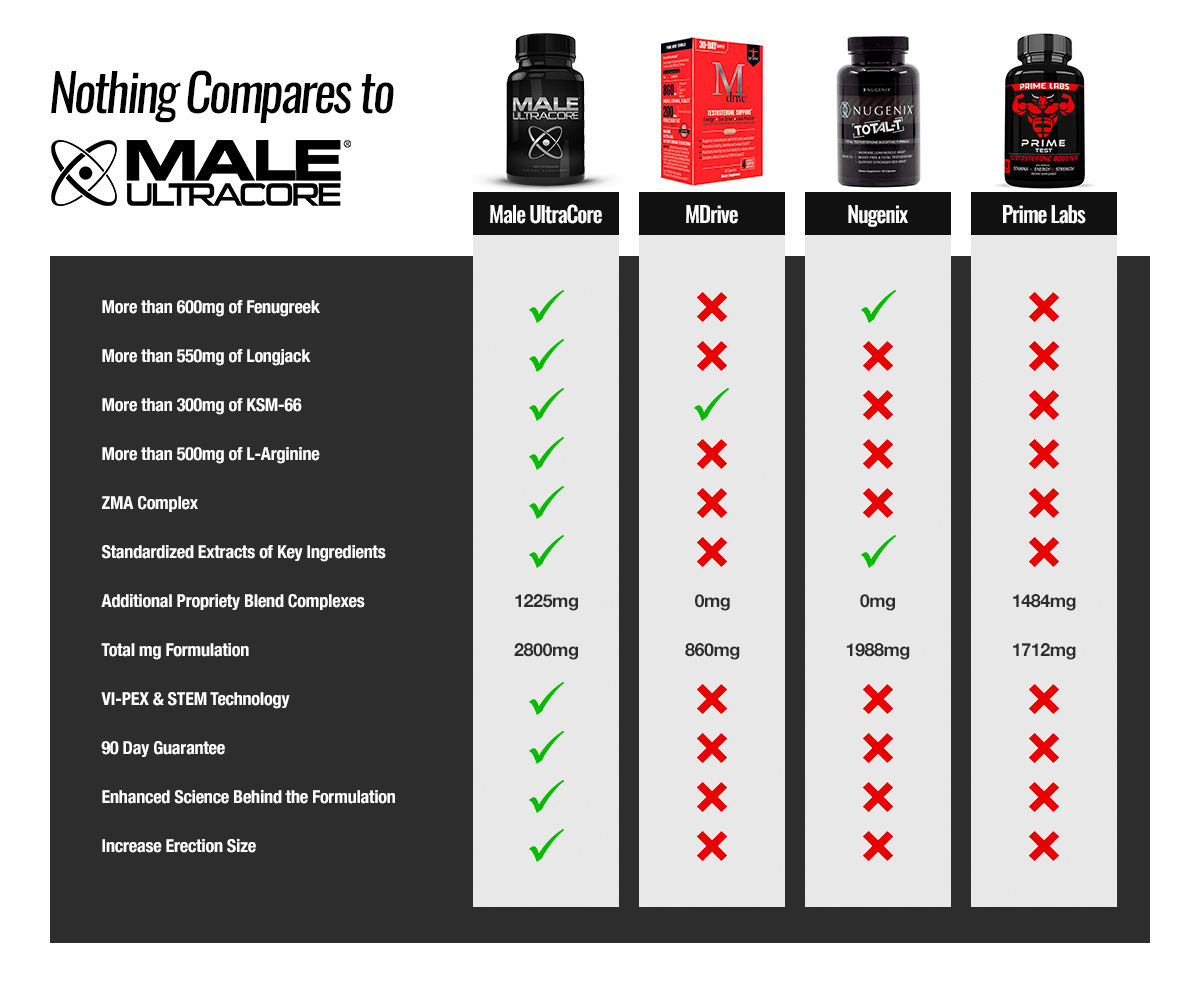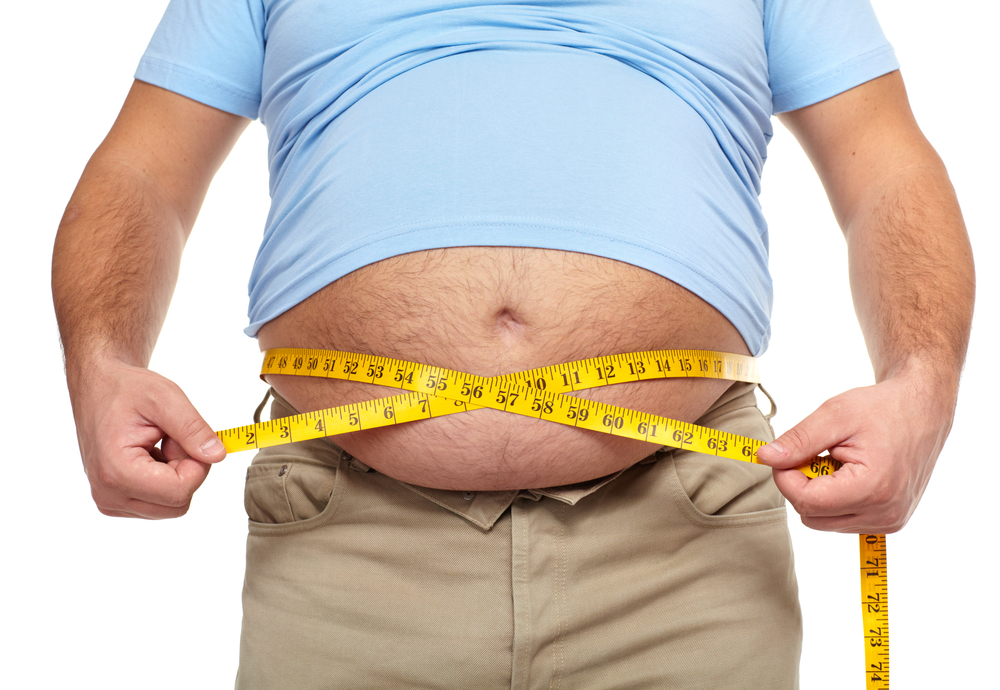It’s popular knowledge that walking and running are two of the best exercises anyone can do if they want to lose weight or just try to stay fit. But as with everything else, the two exercises aren’t created equal.
Walking has great benefits and so does running. Which one you should do will depend on your weight loss goal. For trimming belly fat, continue reading to find out whether walking or running will benefit you more.
Health Benefits
Both walking and running can greatly benefit your cardiovascular health. People who regularly walk or run tend to have stronger hearts and lower risks of cardiovascular diseases. In addition, both walking and running can strengthen your bones and help you manage your weight.
Both cardio exercises are actually good for burning fat. And as you can see in marathon runners, running can definitely help you achieve that toned belly you’re dreaming of. Walking has also been associated with reduced waistlines. So if your goal is to lose a bit of that paunch, either exercise would be good.
The Difference
There’s one key difference between walking and running, and that’s the number of calories you burn for every minute you’re exercising. It’s not really the number of miles you log that matters. Rather, it’s the number of minutes you spend on the activity.

When it comes to body movement, running is more demanding on your body. Hence, when you run, you can actually burn more calories. For instance, if you walk for half an hour at a pace of around 3.5 mph, you can burn about 150 calories, depending on your current weight.
However, if you run at a speed of 6 mph, doing it for 30 minutes can help you burn more than double the number of calories you would have torched if you walked. A person weighing 160 pounds would most likely burn around 350 calories running for half an hour at such speed.
Running has a higher intensity than walking, which means you get to burn more total calories, as well as more fat. Such activity can really raise your heart rate and that can speed up your metabolism significantly, which is why you’ll be needing more calories to fuel your body. Hence, you burn more fat and calories while running.
Burning Belly Fat
Belly fat isn’t just one big mass of fat. It’s actually comprised of subcutaneous fat and visceral fat. The former refers to fat that’s found just under your skin, while the latter refers to the fat that surrounds your internal organs.
Although subcutaneous belly fat is more observable, it’s actually visceral fat that poses more health risks for you. For one, visceral fat can interfere with your hormonal levels. Men with huge paunches, for instance, often have lower testosterone levels. In addition, belly fat can also increase your risks of diseases like type 2 diabetes and heart diseases.
For burning visceral fat, higher-intensity exercises actually work more efficiently. Not only do you get to burn more calories when you engage in a high-intensity workout like running, but you also get to produce more lipolytic hormones. These are the hormones that stimulate the burning of fat into body fuel.
Walk or Run?
Whether you should walk or run would really depend on your current condition, as well as on how much time you can spend exercising. If you can spare only an hour a day working out, then you’ll definitely benefit more if you engage in a high-intensity exercise, which means you should go for a run.
If you can spare more time, then walking could be an option. In truth, walking would be good for you if you’re suffering from joint problems. Since it’s a low-intensity exercise, your joints will suffer less stress if you walk at a moderate pace instead of running.
But if you don’t have osteoarthritis and you want to prevent it from happening, running would be a better choice. Previous studies have shown that runners had lower incidence rates of osteoarthritis in their knees compared to non-runners.
In truth, you can actually benefit more if you do both running and walking. You can walk as a warm-up before you run, or you could do it to cool down after running. To really maximize the benefits you get from walking, it’s best to increase your speed. Brisk walkers tend to have trimmer waistlines and lower BMI than those who just walk at a moderate pace.
However, if you’re just starting to exercise after years of living a sedentary lifestyle, then walking should be your first option. Jumping straight into running when you haven’t exercised for the longest time may just result in an injury.
You can simply start by walking, and then you can gradually increase your pace. Before you go for a solid run, try alternating between walking and jogging first. Once your body has adjusted to your regular physical activities, you can then move on to running.
How Often Should You Run?

If you want to lower your risks of running-related injuries, running three times a week is recommended. However, if you’re really in a hurry to lose weight, you can run more frequently, as long as your body can take it.
To hasten your weight loss, you can also cross-train by biking, swimming, or lifting weights on your non-running days. Weightlifting is particularly beneficial if your goal is to develop muscles and increase your strength while you’re burning fat.
Aim to work out every day if you’re really wanting to burn fat and lose weight. Whether it’s running, weightlifting, swimming, or any other exercise, it will help you burn fat and shed pounds faster. The key is to do it consistently.
Of course, walking can also help you get rid of that unwanted potbelly. It’s just that you’ll need to exercise for longer periods than you would if you went running. So if you’re really in a hurry to trim your waistline, try running instead.
Increase Your Testosterone Levels with Testosterone Boosters
Male UltraCore is a premium testosterone boosting supplement that is designed to maximize test levels, increase your performance and drive, and give you harder and fuller erections. 





